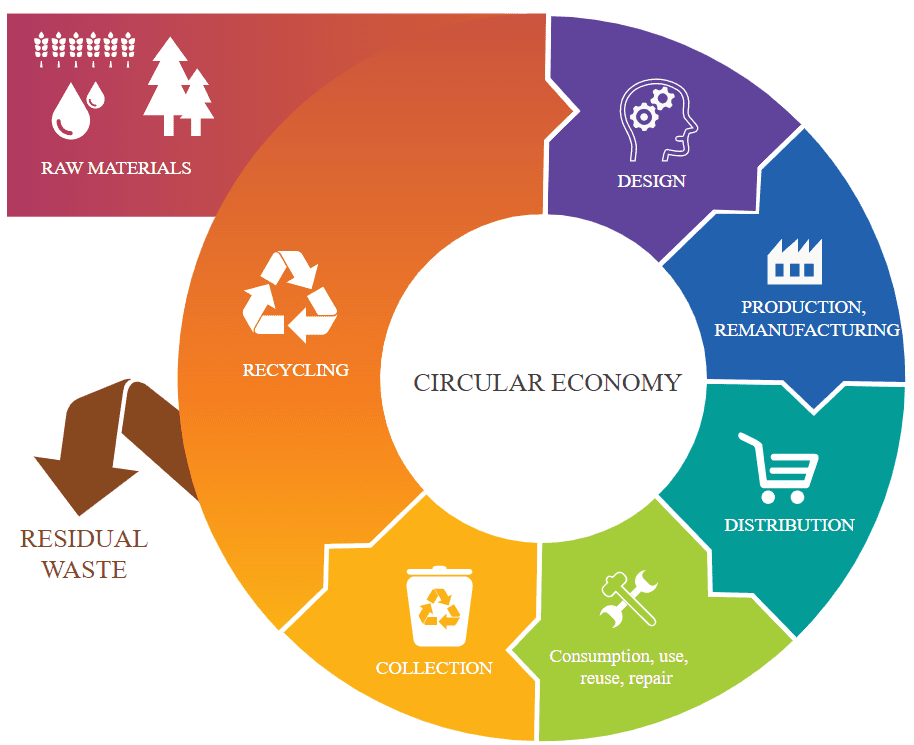According to a ProPublica study by Lisa Song, chemical recycling, often referred to as advanced recycling, does not return a large portion of its incoming feedstock to plastic. Only 15 to 20 percent of incoming material is converted back into plastic by pyrolysis-based chemical recycling processes, according to the report’s findings, which are supported by sources and data from numerous businesses and organizations.
Most sources agree that between 80 and 85 percent of plastic scrap that is intended for pyrolysis facilities instead turns into compounds like methane, hydrogen, and diesel fuel. Those who interpret the chasing arrow symbol on plastic products as indicating that the item can be transformed back into plastic may not be pleased with this low double-digit outcome. Song also looked at the dilution procedures used by those who utilize mechanical andchemically recycled materials, discovering that pyrolysis was not successful.
The speaker additionally mentioned that a significant portion of naphtha manufactured from recycled plastic is tainted with chemical additives, which can be eliminated by diluting it with fresh naphtha derived from crude oil. Song came to the conclusion that pyrolysis-derived goods could replace 0.2% of the new plastic produced annually around the globe in three years.

